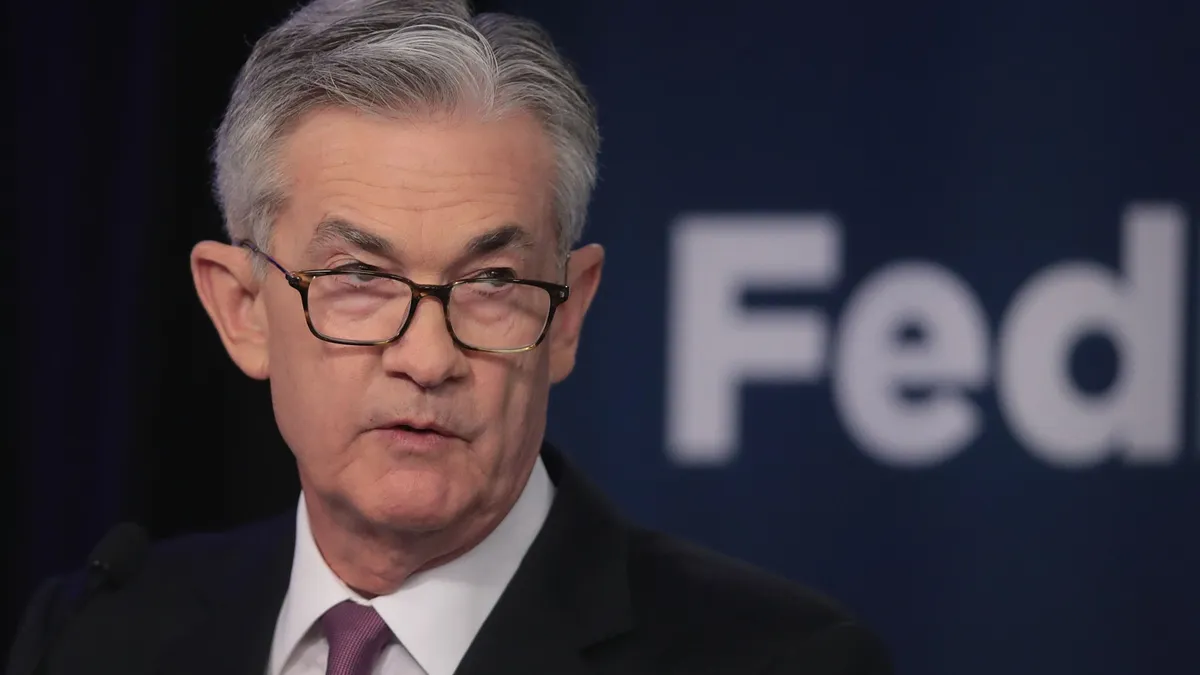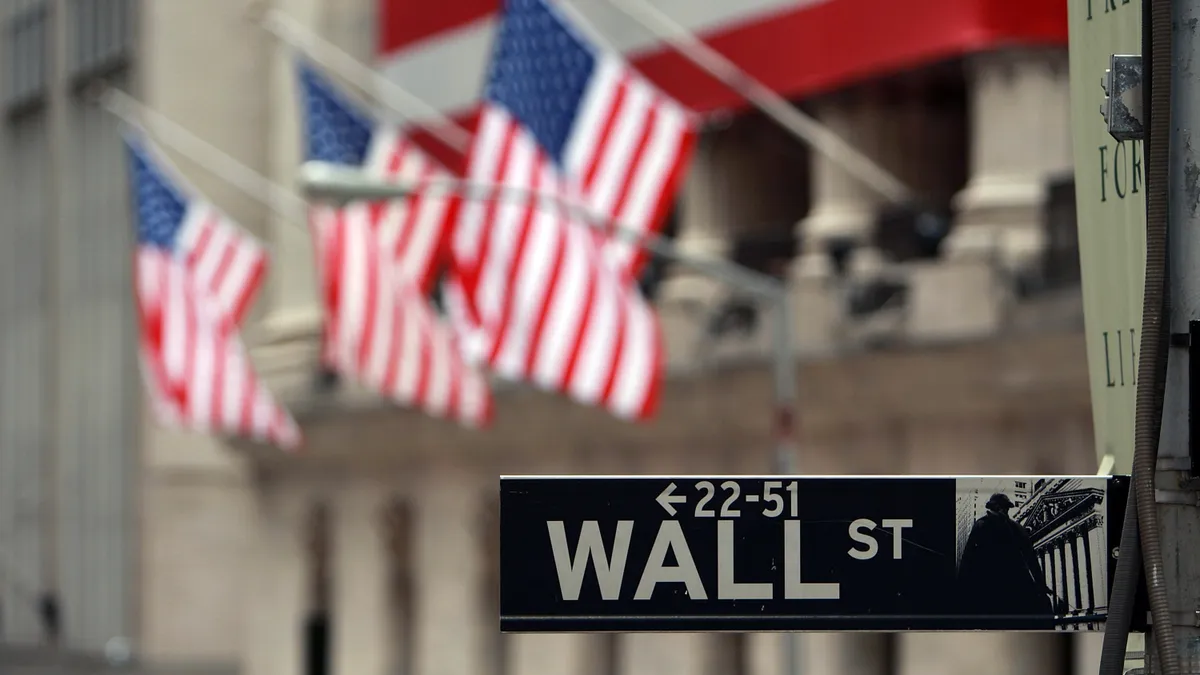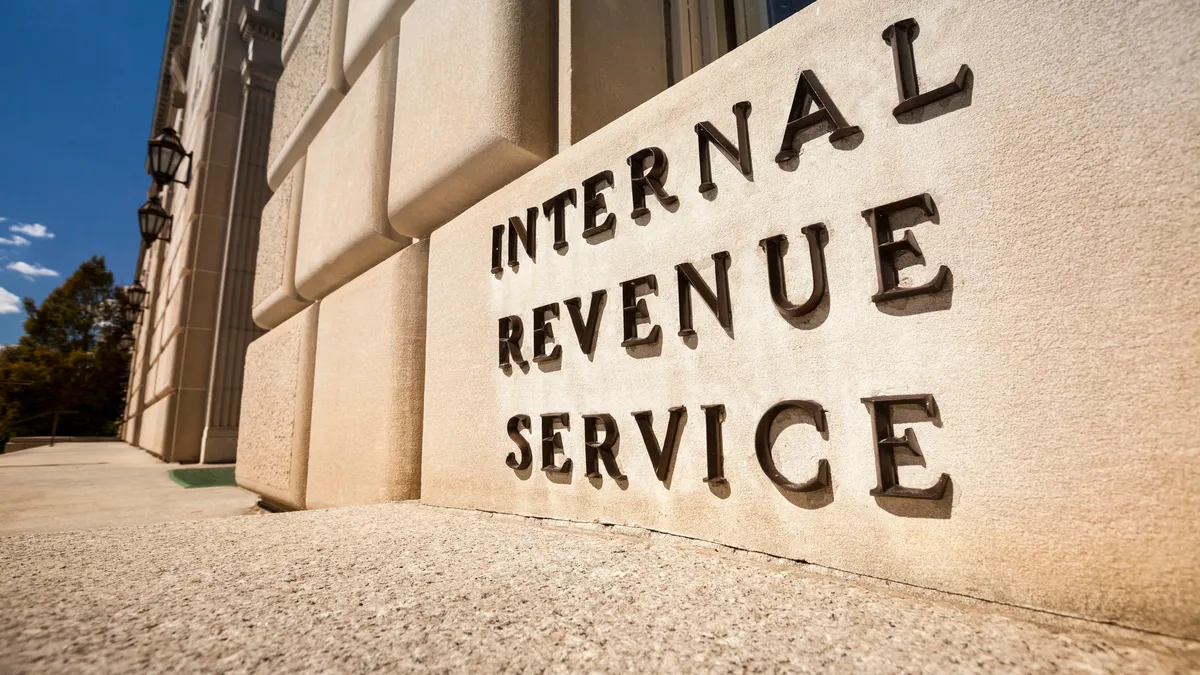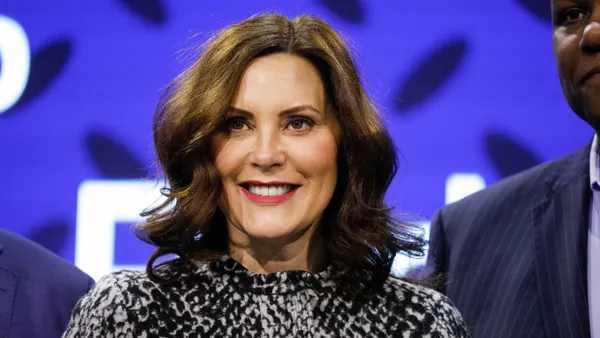Shortly after Inder Singh joined Cisco as vice president of corporate financial strategy in 2008, Lehman Brothers filed for bankruptcy and Cisco's stock — like the broader equities market — was battered. A little more than a year later, the company's stock rebounded, and then doubled. The reason? In response to the downturn, the company shed its inessential projects and narrowed its focus to five priorities. And the capital markets rewarded it.
"I had gone to Wall Street as an analyst for several years and, having walked in the shoes of investors — where we pick winning strategies from losing strategies — I brought a different perspective to our strategy discussions," said Singh, today CFO of software architecture design company Arm. "We decided it was far better to sharpen our focus on five priorities instead of 30. That became the mantra. Anything that fit into the five areas in terms of investment we put money into; anything else we took money out of."
The quantitative skills he brought from his Walls Street days helped, too. "We stress-tested [our priorities] from the Wall Street angle," Singh said in a CFO Thought Leader podcast. "That allowed us to pick a strategy."
New crises
Since joining Arm in early 2019, Singh has already faced two crises: the trade war with China and the pandemic. But this time around, he's brought that 2008 experience to the mix.
"That was actually good practice right from the get-go on managing through the uncertainty," he said.
His first step was having the FP&A team model three scenarios: a downside, an upside, and what was most likely to happen. "[Creating] that envelope of potential outcomes allowed us to see how we adjust," he said.
He also imposed cost controls and shifted staff to remote work.
"Fortunately, we're a company of engineers, so the work-from-home environment we went to was actually quite seamless," he said. "I also have the fortune of having the IT organization under me and that team did a great job building in the right security frameworks, VPNs, allowing thousands of people to work remotely."
Riding smartphone wave
Arm was launched 30 years ago in the United Kingdom as a joint project between Apple and Acorn Computers to design CPU architecture. The company's work became standard for smartphones, and today, its designs are in more than 155 billion phones, a number growing by 20 billion a year.
"It was a combination of luck and good planning," Singh said. "The company prepared itself for phones by going from analog to digital, and then to smartphones."
Today, Singh is helping the company map out how it will get its architecture into autonomous vehicles and other growth areas, including the Internet of Things, artificial intelligence, machine learning, augmented reality and virtual reality.
"The things on our drawing boards today end up on devices three to four years from now," he said. "You get this tremendous lens into what might happen in the future, whether it's an IOS device, Android device, data center server. All of it is architected around this common CPU design thread."
Improved visibility
Among his first actions at Arm was boosting its FP&A team and hiring a data scientist to enhance the company's predictive analytics capabilities. That way, he and other company leaders could get an idea of what the next few quarters will look like as well as the next few years.
Predicting the future is complicated by the wide spread between the company's research efforts and the products that eventually get to market. "Our product cycles are three to five years, not one to two quarters," he said. "So, we really have to put investments in place today to create ROI in the future."
To do that, he studies the company's investment portfolios from an R&D standpoint. "How do we measure that success?" he said. "Where are we incubating things that will take longer to develop? How will we make sure we keep prioritizing the right things and also exit things that we don't want to focus on?"
Key metrics
Given the company's long lead times, revenue isn't always the best metric to track in a product's early stages, he said. More important is how deeply an architecture gets accepted into the market. "Design wins are really important," he said.
The autonomous vehicle market is a case in point. The first generation of partially self-driving cars is here, but the technology remains a nascent market. If the company's architecture is making it into that market, separate from the revenue being generated, that's a win. So, it looks at market acceptance.
"Are you establishing the same seeds for success that you did in your core businesses in the past, and leveraging a model that's familiar to you?" Singh asked.
He also looks at the company's existing products to see if they need to be managed differently, or even let go.
"Are there some things you're doing that might have a bright future if they were managed differently or managed by someone else?" he said. "We've already started making some of those changes to strengthen the company's balance sheet, its financial structure, its profit margins, and its ability to grow with greater confidence."
Intersection of finance and strategy
In all his jobs, Singh sees his role as bringing finance and strategy together. That means giving the CEO and C-suite a structure for considering opportunities. "Strategy often is gray, unclear, and needs to be quantified," he said.
He learned this lesson when he joined AT&T in the early 1990s, later becoming vice president of corporate finance.
The company was searching for a way to differentiate itself from others bidding on a deal in Saudi Arabia. Singh said he tried to take a creative approach by structuring a solution that went beyond the telecom network AT&T could offer.
"[The client was] asking for financing," he said. "Other companies were just offering bank financing. We said, ‘Let's do an oil barter arrangement.'"
Singh said he worked out a deal with Chevron to be a partner on the oil side while AT&T would provide $4 billion in network. He then got buy-in from the AT&T leadership.
"We won the deal," he said. "We had the right solution and [we brought] creative financing. They didn't need that financing, but, had they, they could have tapped into it. I think they appreciated that we were thinking of their needs."
That's an approach he's tried to bring throughout his career: find where finance intersects with strategy, so leaders have a structure for thinking through an opportunity and then get buy-in from stakeholders.
"Someone has to bring structure to it," he said. "Often there's a chief strategy officer. Sometimes there's not. That's an opportunity for the CFO to fill that void. The CEO is articulating a vision; someone has to help make that real."




















